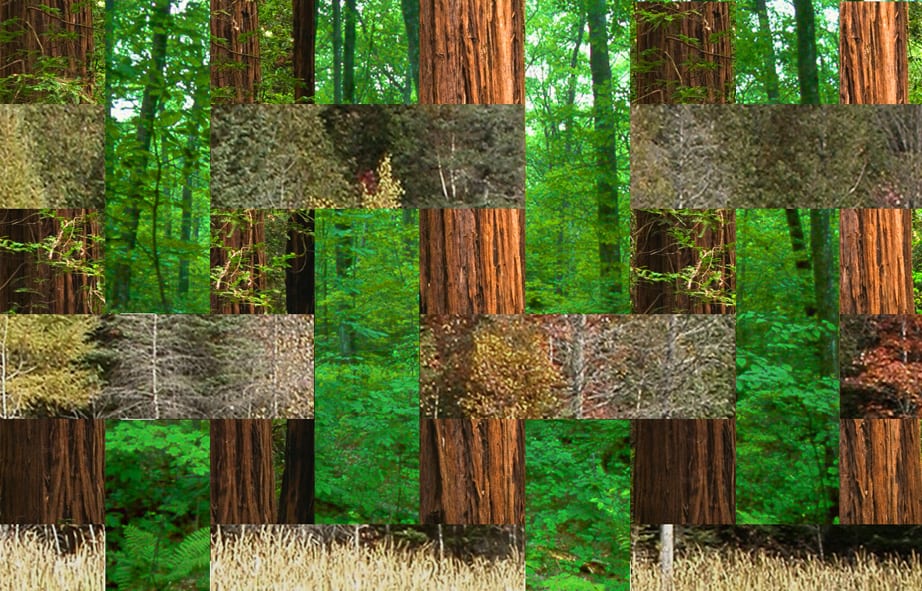If I were a visitor from another planet, who having read some of the recent posts to this blog, wanted to understand what all the fuss about things like “viability” is about, I might look to the Forest Service homepage for guidance. There I would learn that “The mission of the USDA Forest Service is to sustain the health, diversity, and productivity of the Nation’s forests and grasslands to meet the needs of present and future generations.” Pretty straightforward so far. Looking for more of what these things called “national forests” are all about, I would learn that the agency’s “Motto” “Caring for the Land and Serving People” means, among other things, “Protecting and managing the National Forests and Grasslands so they best demonstrate the sustainable multiple-use management concept.” I would get confused though because I read that the mission also includes things like “Listening to people and responding to their diverse needs in making decisions.” And although I would agree that that is an absolutely essential thing to do, I wouldn’t be able to find anything in any law that says that is part of the agency’s mission. You might say that I was nit-picking, but fortunately we don’t have nits on my home planet.
Reading on through the Forest Service “Vision” wouldn’t help either. I might find lots of nice statements about “a caring and nurturing environment” where “employees are respected, accepted, and appreciated”, but I wouldn’t find anything about how the agency thinks the national forests should look in the future if it did a good job at carrying out its mission.
If I did a bit of Googling, I could learn that some pretty smart scientists have been thinking about new and better ways to plan and monitor and that they presented some of these ideas at the Forest Service Science Forum. [Full disclosure– I wouldn’t actually have to Google it since I was the principle author of the final report for the forum]. Some of these scientists pointed out, however, that “. . . while science can help inform decision-making processes, it is most appropriately applied first in a context of shared agreement on the agency goals that will drive management decisions.”
In the absence of shared agreement in the form of a clearly articulated and widely shared vision for the future of the national forests, even an alien can see why a number of conservation organizations insist that the proposed rule doesn’t go far enough to require actions to ensure important things like species viability.
Despite the trees, that forest is evident even to a visitor from outer space.

